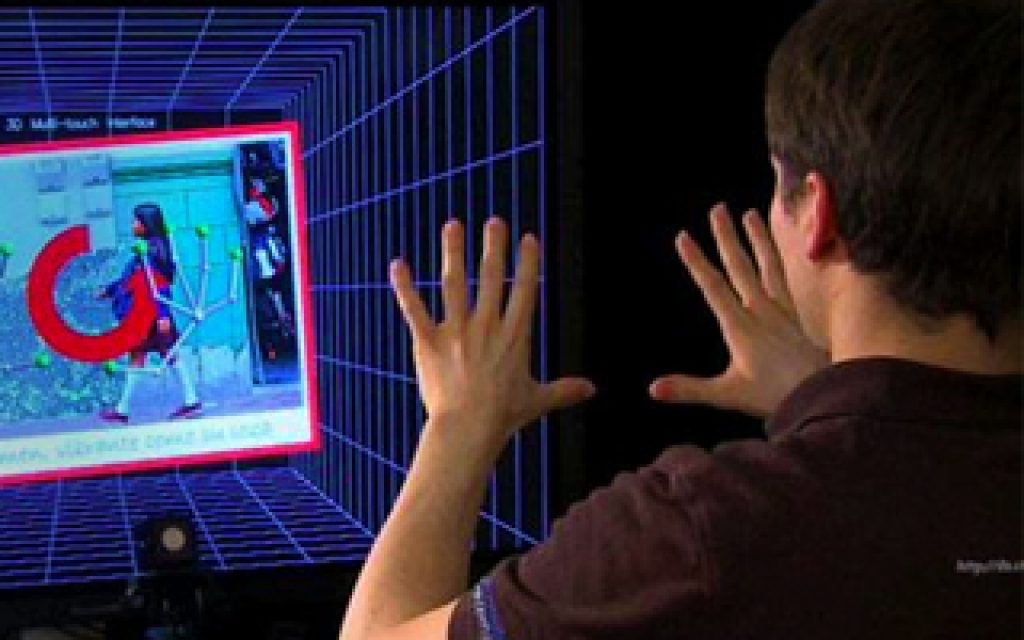This is a busy week in tech, with calendar-contending conferences from both Intel (the yearly Developer Forum) and Microsoft (BUILD, formerly known as the PDC i.e Professional Developers Conference) in progress here in the United States, along with Qualcomm's IQ2011 in Istanbul. I'm not in Anaheim (BUILD) or San Francisco (IDF), far from Istanbul, but I've been closely following the news as it breaks both from the companies present at each show and the press attending them. Microsoft also held a Financial Analyst Meeting today, where company CEO Steve Ballmer outlined (among other things) the company's go-forward priorities. I was heartened to see natural user interfaces included in the short list of six top-tier focus areas, specifically the Kinect.
The Kinect is based, as many of you know, on a SoC from gesture interface innovator (and current industry "poster child") PrimeSense. And it's probably not a surprise to you to hear that PrimeSense aspires to more broadly seed its chips and associated software to other areas of the consumer electronics business, such as being integrated directly within televisions. But I was reminded, as I read through BetaNews' coverage of Microsoft's Financial Analyst Day earlier this afternoon, of another announcement I'd seen a week ago.
As noted by Jolie O'Dell at VentureBeat, Robert Bosch Venture Capital has joined with current investors MIG Funds and Danube Equity to inject $1 million Euros of additional funding into a small German startup called iDENT TEchnology AG. Perusing the company's website, you'll find that iDENT's current Z-Sense technology employs near-field electrical sensing. Z-Sense is, I suspect, an extrapolation of current capacitive touch button, pad and display overlay technology, which also enabling detection and location-plus-distance assessment of a finger or other conductive input device in proximity to a charged two-layer plate structure.
According to O'Dell, the investors' primary interest is in iDENT's under-development next-generation device, the GestIC:
The chip is intended to be a highly integrated system-on-chip for a wide range of consumer electronics devices, including smartphones, tablets, ereaders, digital cameras and video game equipment. Ident says its e-field technology allows for real-time tracking of hand and finger movements in front of a device or display. GestIC also supports a variety of user interfaces including one-dimensional touchscreens, 3D gesture recognition and even dynamic positional input of a user’s hand in free space. The company also says it has focused on “very low power consumption” for the chip.
For more, take a look at this video demo:
While iDENT's technology isn't an embedded vision implementation, we in the embedded vision industry should still welcome and encourage iDENT and its counterparts, including conventional capacitive touch semiconductor trendsetters who are likely also eyeing this space, such as Atmel, Cypress, IDT, Microchip and Synaptics. Granted, on one level they're competitors to embedded vision-based approaches. But realistically, there's little implementation overlap between them; e-field-based schemes work inches (but no further) away from the input sensor, while embedded vision approaches focus (pun intended) on feet-or-further spans and conversely, don't typically work well with inches-distances.
Bottom line; the more comfortable the average consumer is with gesture-based interface interaction, the more business opportunities exist for all possible implementation options, embedded vision included. A rising tide lifts all boats, as the saying goes!


